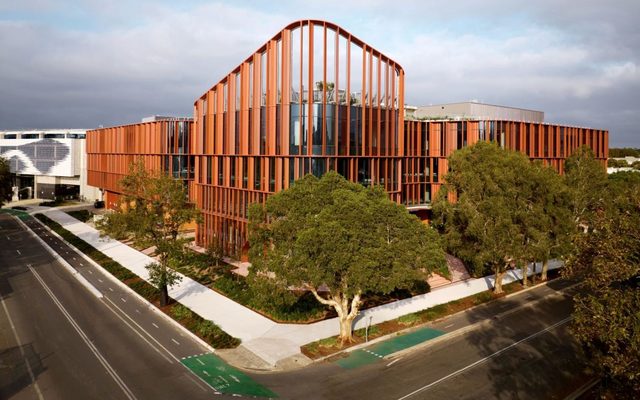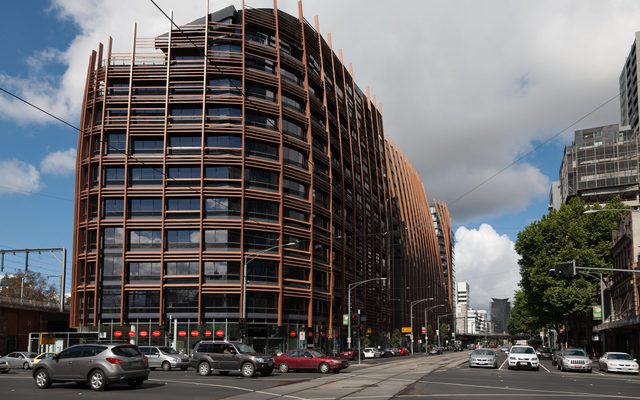This article is from the Australian Property Journal archive
THE number of distressed properties coming on the market increased in 2012, however prices remained firm because of strong demand from buyers, according to Colliers International's annual report.
Colliers’ annual Insolvency & Distressed Assets report found that around 816 commercial distressed properties were advertised for sale last year, up from the 777 in 2011. However, this 5% rise was far less than the previous year, when there was a 30% spike in distressed property listings.
The number of distressed assets peaked in October and November, with a sharp spike of 177 properties coming to the market in the month of November alone, which was two and a half times the monthly average of 68 for 2012 overall.
NSW manager of insolvency property services Matthew Meynell said the record number of distressed properties coming onto the market in 2012 was fuelled by a significant number of companies collapsing in the first half of the year, which translated to mortgagee sales in the second half of the year. Overall, 9,902 companies went under in 2012, up 5% from 2011, according to ASIC.
Meynell added that there was a high number of company collapses in the second half of 2012, and he warns this will result in more distressed properties entering the market in the first half of 2013 and throughout the year ahead.
Despite the record levels of distressed properties on the market, Meynell said properties were not selling for bargain prices because of the strong buyer demand.
“One of the key factors increasing investor appetite for property is low interest rates. The official cash rate is now sitting at 3%, which is an historic low. Not only is funding therefore now cheaper, but financial institutions are also more willing to lend – in fact banks are chasing business again.
“On top of this the outlook for the economy is sound. With all these factors pushing investors into the property market, there is high demand for the distressed property on the market and consequently prices are holding up,” he added.
Meynell said compared to the previous year, 2012 featured a mixed bag distressed assets coming on the market. Development sites overtook industrial property with the highest number of distressed assets on the market. The industrial sector was in second place, followed by the commercial, residential and rural and agribusiness sectors. Pubs/hotels, retail and healthcare and retirement all saw a minor increase in distressed property.
“Three sectors in particular saw a big spike in the number of distressed asses coming to the market – development sites, rural and agribusiness and mixed-use developments.
“The biggest opportunities for buyers this year will be in those sectors, particularly in the rural and agribusiness sector, where many more distressed assets are expected to come onto the market this year,” he added.
Research director Felice Spark said despite a rise in average farm cash income in 2011/12, many agribusinesses continue to struggle with high debt obligations and the commercial consequences of drought conditions prior to 2010.
“At the same time, for some rural investors, prevailing market conditions provide good reasons to dispose of their assets. For example, PrimeAg recently announced it planned to return capital to shareholders through a privatisation process,” she added.
According to Colliers’ 2013 Property Outlook, while it is expected distressed rural assets will continue to come to the market, the long-term outlook for the Australian agribusiness and rural sector is bright. The Department of Agriculture, Fisheries and Forestry has forecast that the volume index of farm production will rise throughout the next 5 years by 5.4%.
“This strong performance will be one of the key drivers of investor interest in the Australian rural and agribusiness sector in the long-term,” Spark said.
Queensland continued to lead the country with the lion’s share of distressed properties, increasing slightly from 2011 levels and maintaining an almost 50% share of distressed properties nationwide.
Although New South Wales came in second, the state saw a decline, falling back slightly from 256 to 242.
Victoria comes in third after witnessing a substantial spike, with distressed assets on the market rising by 56% to 95 properties.
Tasmania, the Northern Territory and the Australian Capital Territory have the lowest levels.
Property Review



